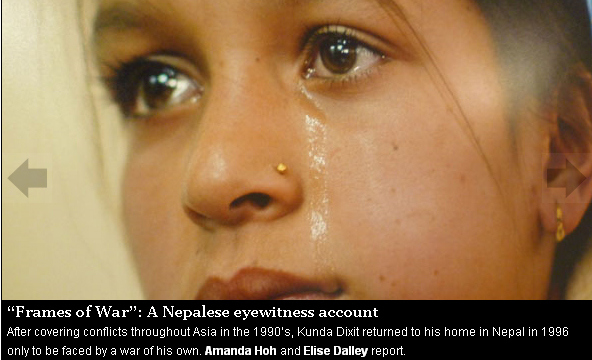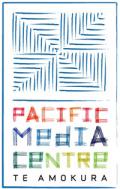
After covering conflicts throughout Asia in the 1990’s, Kunda Dixit returned to his home in Nepal in 1996. After almost a decade as a war correspondent, he decided it was time to use journalism in a different way, a developmental way. Little did he know, he had walked into a war much closer to home. By Amanda Hoh and Elise Dalley of Reportage Online in Auckland, New Zealand.
When Kunda Dixit returned to Nepal in 1996, the Maoist rebels had recently launched their attack against the Nepalese monarchy and despite a desire to distance himself from wartime carnage, involvement become unavoidable.
Dixit took on the post as editor and publisher of the Nepali Times and almost immediately felt the need to re-examine the prevailing rules that applied to news coverage of war. Until this stage in his career, he had been taught to be an observer, to keep a distance.
His perception soon changed. “Suddenly, this wasn’t someone else’s war anymore – it was happening in my own country, among my own people. My own people were killing each other.” “They teach us never to get too close, never to get too involved in a story. But our problem in Nepal was that the media was not involved enough. For ten years of conflict, it was satisfied with sitting on the sidelines,” Dixit said.
As editor, Dixit felt it was his responsibility to lead a movement away from the traditional forms of war reporting, to make room for slowly evolving crises in the news slots of the international media and progress towards a style of coverage that does more than scratch the surface. There was a gap – a gap of social impact, human cost and opportunities for resolution – that needed filling. “I couldn’t be a spectator. We had to examine our own role as journalists: did our reporting perpetuate the conflict or was it going to help to restore peace?” he said.
As a response to violence unleashed at the end of the war – directed in some cases towards reporters and editors – and his frustration at the media’s “worrying power to sanitise the public perception of war and reduce it to television entertainment”, Dixit chose to focus his journalistic efforts on the public restoration of peace and avoid any further perpetuation of conflict.
Frames of War is a photographic exhibition compiling images submitted by civilians and professional photojournalists from around Nepal. The collections provided the local media with an opportunity to understand the importance of broad, in-depth war coverage and shine the light on media blind spots that reporters were traditionally trained to ignore. “We are the freest press in the world, trouble is, we are not using that freedom.” “We were not using journalism properly, adequately, to cover what the war was really doing to our people,” he said.
Frames of War is an example of how the visual medium can mould hard news and emotion into a mini-documentary style package that can be easily digested by the audience – a skill, Dixit said, that is invaluable in the reporting of issues that deal with human emotion and hardship.
Kunda Dixit is in New Zealand on the Pacific Media Centre's Asian Journalism Fellowship sponsored by the Asia New Zealand Foundation.



